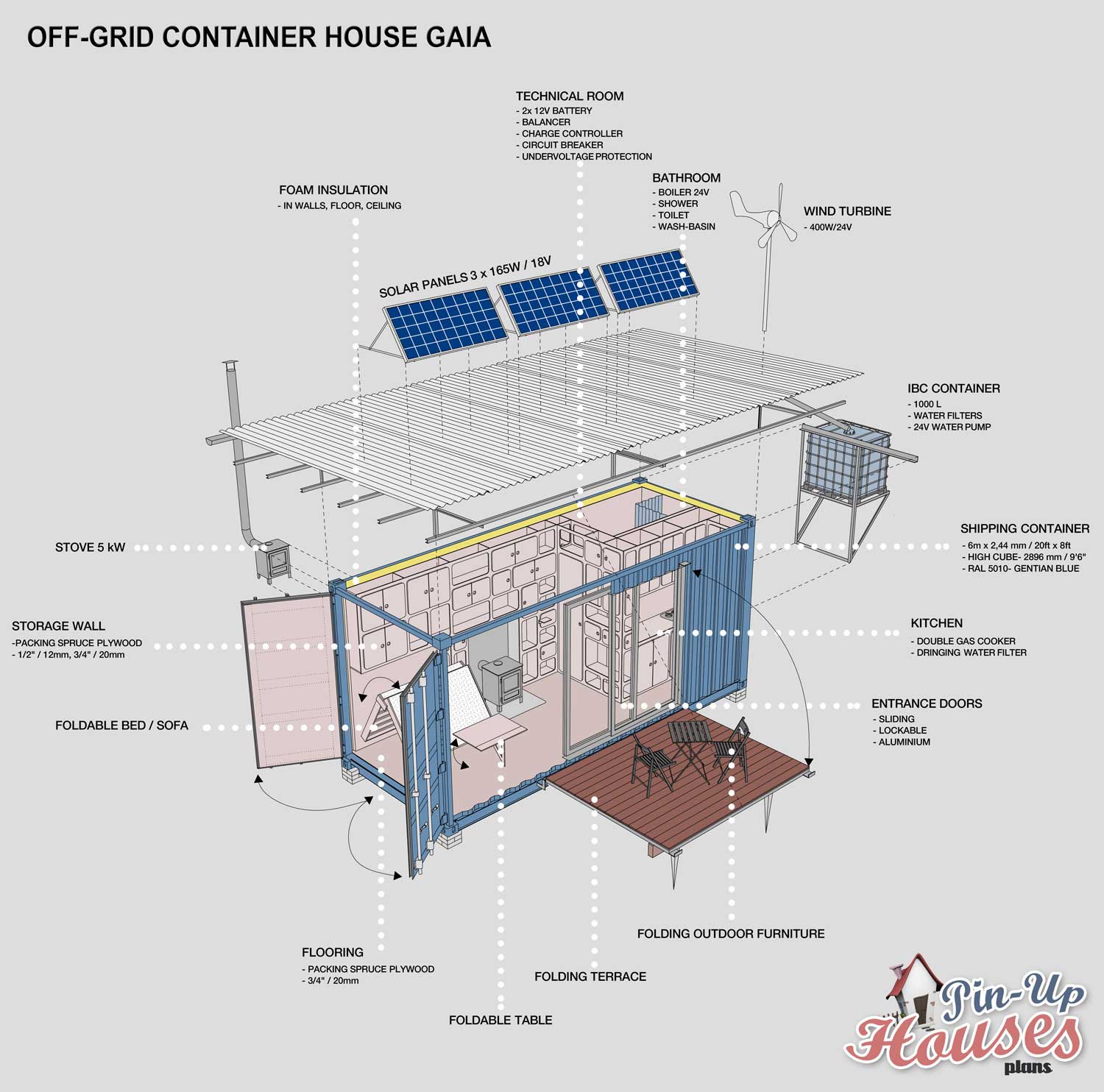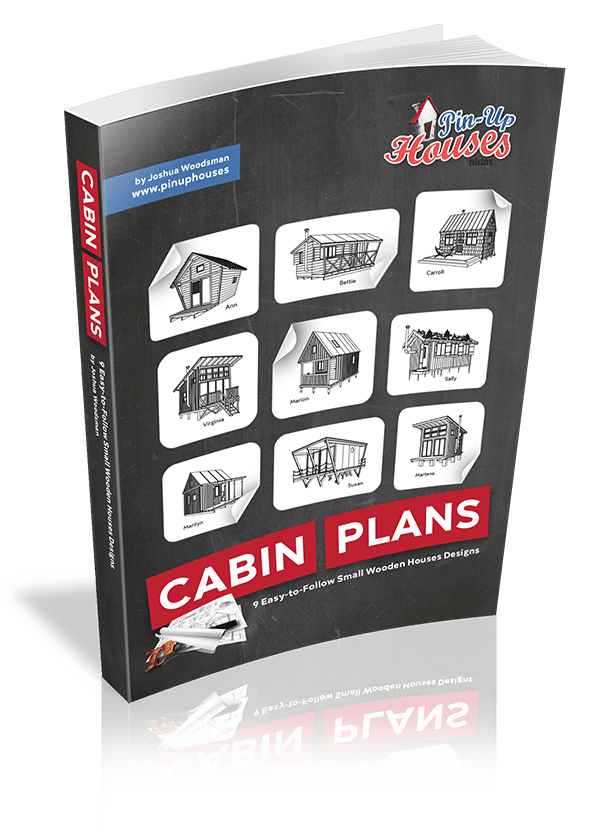Smart homes have become a buzzword lately, but what are they exactly? Simply put, a smart home is a living space where some items function via an Internet connection. But you’re going to need a reliable internet connection in order for your smart features to work (most will always need an internet connection), so you’ll have to look into internet services near me that’s both affordable and reliable if you’re fully committed to having a smart tiny home. They are known as IoT devices and include things like light bulbs and security cameras. Home security items range from cameras and sensors to video doorbells and touch panels.
Smart homes allow you to use voice commands and automate actions like lowering your thermostat when the security system is armed while you’re away from home. Smart home products are convenient because they allow you to focus on things that matter, like doing activities you enjoy instead of housework. You’ll need to consider your rural internet options and make sure that you have the right kind of connection for your home if you are going to make it work, as well as looking at the rest of what we are going to be considering here. This guide will walk you through everything you need to know about smart homes, including their pros and cons and how you can build one.

How do smart homes work?
The devices in a smart home are all connected, allowing you to access them via a central point that can be a phone, laptop, tablet or game console. With a home automation system, you have control over items like TVs, cameras, door locks, lights – even your refrigerator. You can install the system on your mobile or other devices of your choice and set a schedule for when you want a specific change to happen.
Smart home appliances can learn your schedule and make the necessary adjustments. Some home automation systems detect motions in your home while you’re away, alerting you about them, while others can directly call the authorities if something is about to happen.
What are the pros and cons of a smart home?
We mentioned before that smart homes are convenient but also have some disadvantages. Let’s further discuss this aspect.
Pros of smart homes
Smart home technology enables homeowners to control different items through only one device – usually a tablet or phone. Because they’re connected to a device, you’ll be notified of issues in your home. Moreover, by installing a smart doorbell, you can communicate with people who visit while you’re away from home. Smart technology also allows you to monitor the house and check how your pets are doing when you’re not with them. You can control lighting, the temperature of the home, as well as appliances. IoT technologies are evolving rapidly, meaning that you’ll likely be able to do more things with your devices in the future.
If you own a tiny home, you can benefit from reduced costs while also enjoying the convenience of a minimalist lifestyle. But the best part is that with smart devices, you can take those savings to the next level – especially energy-related. They can detect if you’re not using your appliances and power them down until you need them again. Plus, they manage the heating and cooling of your home, which can dramatically decrease the energy you waste.
Cons of smart homes
Smart homes have their benefits, but they also pose challenges. Bugs and cybersecurity threats still plague developers of technology, as well as those using it every day. For instance, falling victim to a data breach can severely impact your life, leading to financial loss, humiliation, and psychological and physical damage. Sometimes, it can even pose a threat to your life. Claiming compensation for a data breach is necessary in such a case, and you can learn more about it at https://www.databreachclaims.org.uk/. When it comes to a smart home, adept hackers can quickly access your Internet-enabled appliances. Thus, it’s paramount to mitigate these risks by protecting both your devices and smart appliances. You can do that by using encryption and a solid password that ensures hackers won’t easily break it.
Moreover, it’s essential to connect only reliable devices to the network. The significant costs are another disadvantage of smart homes. Installing such technology in your living space requires thousands of dollars, and not everyone may be ready for such an investment.
How can you build a smart home?
When it comes to tiny homes, you must make the most of your space and decide how to fit in appliances. Fortunately, smart tech can also work in small homes. That said, let’s discuss the steps to building a smart home.
Select a smart home platform
First things first, you need a flexible platform that is suitable for your mobile devices and has various add-on elements. You can choose between a hardware hub, software hub, or hybrid system. They are all different; ultimately, your choice depends on your needs. However, it’s essential to look for some features when choosing a platform, such as:
- Ease of operation;
- Security;
- Voice control;
- Smartphone compatibility, etc.
Install a small thermostat
You can start by adding a Wi-Fi thermostat first, and if you find it helpful, you can later include more devices. A smart thermostat can reduce your utility bills and alert you regarding issues with the heating and cooling system to ensure pipes won’t burst during winter.
Consider lighting
Lighting products can boost homeowners’ capabilities. You can have them turn on and off even when you’re not home and set them to change based on motion or sunset and sunrise times. Smart bulbs can display statistics on your mobile device, and they can also prevent or control light.
Include detectors
Different detectors can help you avoid potential disasters and significant costs. For instance, leak detectors and smart smoke detectors are practical additions to your home. However, many types of sensors are also available, so you may want to choose this option instead.
Secure your space
Security is another feature that homeowners add to their living space, but the offerings differ. Typical devices include doorbells and cameras, but there are also more sophisticated ones, like monitored home security systems with sensors for the door and windows. You can start small by choosing a standard device and install another later to improve your smart home.
Choose entertainment devices
Entertainment devices are essential to a smart home because they represent the central hub that ties everything together so your smart home can work as expected. In fact, your streaming device will likely become your main home controller at some point, which is why you shouldn’t overlook this step.
The bottom line
Installing smart technology in your home can be costly and pose security risks, but the pros outweigh the cons. If you want a more convenient lifestyle, consider building a smart tiny home by following the steps above.










